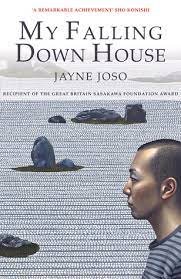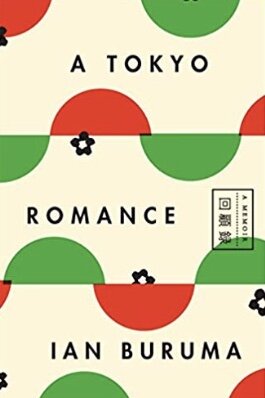Coin Locker Babies by Ryu Murakami, translated by Stephen Snyder (Kodansha)
Trying to categorize Ryu Murakami’s novel Coin Locker Babies is an exercise in futility. it doesn’t follow any known patterns. Is it science-fiction, is it horror, is it a love story? It’s actually all those things and more.
This book was originally published in the Japanese language in 1980 by Kodansha. It won the Noma Literary New Face Prize in 1981, a prize established by Seiji Noma, the first president and founder of Kodansha Publishing.
The book centers on two main characters—Kikuyuki Sekiguchi and Hashio Mizouchi. The only thing these two boys have in common is that they were abandoned by their mothers and left in coin lockers in an unnamed station in Tokyo during the summer of 1972. They were the only two babies to survive the ordeal. They were usually called by their nicknames—Kiku and Hashi.
The two boys, wards of an orphanage in Yokohama, became friends as Kiku always came to the aid of Hashi, who was often bullied. Most of the other kids avoided both boys who behaved in unusual ways so the nuns finally took them to see a psychiatrist. Their treatment consisted of having the boys listen to an in utero heartbeat without their knowledge. The therapy was supposed to help calm them down.
The boys are eventually adopted by a couple named the Kuwayamas before they begin to go to school. They grow up on a small island off of Kyushu. On the island they discover an abandoned mining town. Their foster parents have always told them to avoid that place but they are young and full of mischief. There, they meet a man they called Gazelle. One of the last words Gazelle says to Kiku is DATURA. He tells him not to forget it. That it will come in handy one day.
In junior high, Kiku finds that he is adept at pole-vaulting and soon that becomes the focus of his life. Hashi is proud of him and tells others that Kiku is his big brother. In high school, Kiku becomes even more serious about pole-vaulting but on the day of an important competition Hashi is nowhere to be seen. Kiku’s foster mother shows him a note that Hashi left. Hashi went to Tokyo.
As the story progresses, Kiku and his foster mother go to Tokyo to look for Hashi but do not succeed at first. During their search, they are accosted by some unruly characters. One knocks his mother over who falls and hits her head. She later dies in the hotel they’re staying at.
Kiku finds Hashi in a fictional area of Tokyo called Toxitown. This is an area surrounded by barbed wire. The outskirts are patrolled by some military types who are ordered to shoot anything that moves if they try to get in.
Kiku finds Hashi in Toxitown. He also meets a woman named Anemone who becomes his girlfriend. Hashi is now a bisexual singer discovered by a man named D who decides to become Hashi’s manager. He markets Hashi by making public that Hashi’s origins was being an abandoned baby in a coin locker.
As Hashi’s music begins to sell, Mr D has a promotional stunt set up where Hashi will meet his mother who abandoned him on live television. When Kiku sees Hashi break down on TV, he goes to Hashi’s rescue and ends up shooting the woman who turns out to be his own mother.
Kiku is sent to a Juvenile Detention Center for five years and during that time, Hashi’s music becomes even more popular. However, Hashi is slowly losing his mind while Kiku thinks of escaping and finding DATURA, a lethal substance he plans to use on the city of Tokyo to get his revenge against everybody.
This book certainly isn’t for the weak of heart. It’s also very difficult to be sympathetic to either Kiku or Hashi even if the reader is aware of their unfortunate beginnings. If you’re in the mood for a dystopian vision of Tokyo, then Coin Locker Babies might be the right book for you. ~Ernie Hoyt















